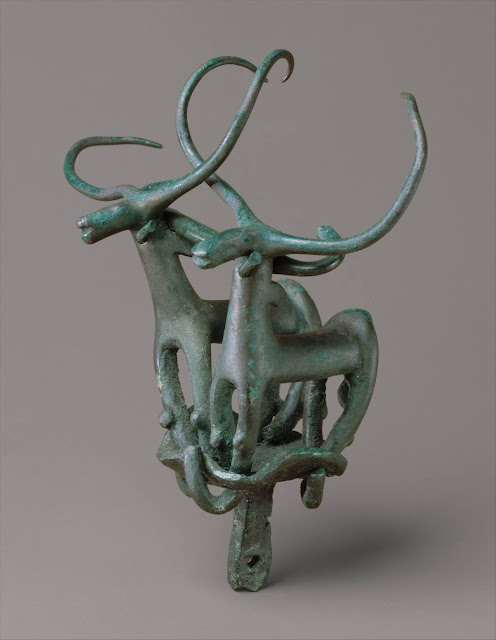The Romanization of northwest Iberia (modern Portugal)

During the last two centuries of the second millennium BCE a series of settlements were established along the coastal areas of northern Portugal. Their noble elite celebrated ritual banquets and participated in an extensive network of interchange of prestige items such as cauldrons, knives, bronze vases, roasting spits, flesh-hooks, swords, axes and jewelry, from the Mediterranean up to the British Isles. But this network appears to collapse at the beginning of the first millennium and their open settlements were gradually replaced by fortified hill-forts constructed of earthen walls, battlements and ditches, which enclosed an inner habitable space. Trade dwindled to just the production of various axes and tools. Then, beginning in the 6th century BCE, the "Castro" culture once again began to expand and widespread trade returned driven by Carthaginian merchants who brought imports of wine glass, pottery, and other goods. The Carthaginians constructed emporia that sometimes ...



